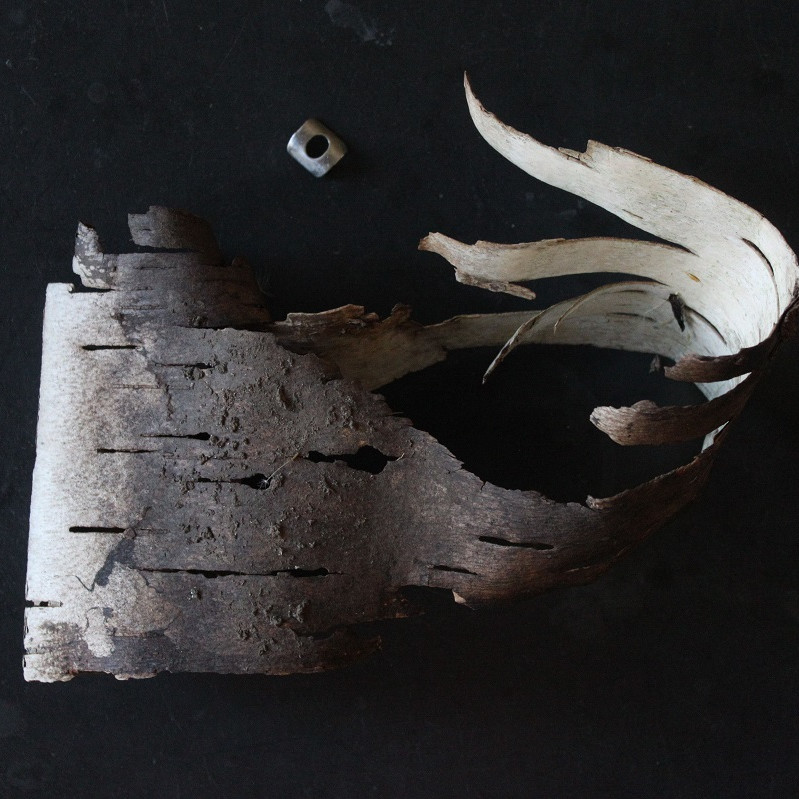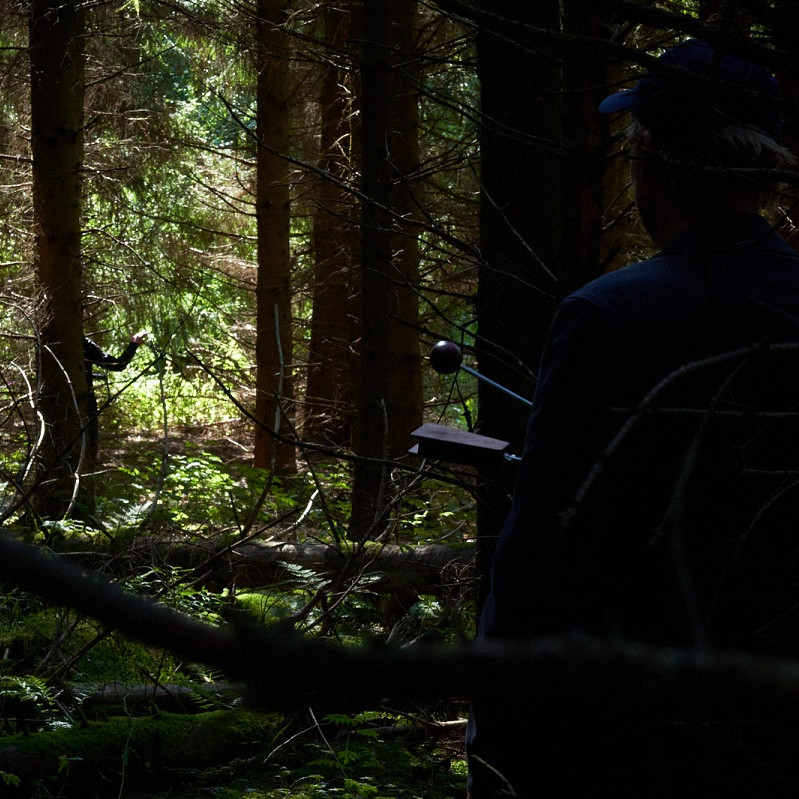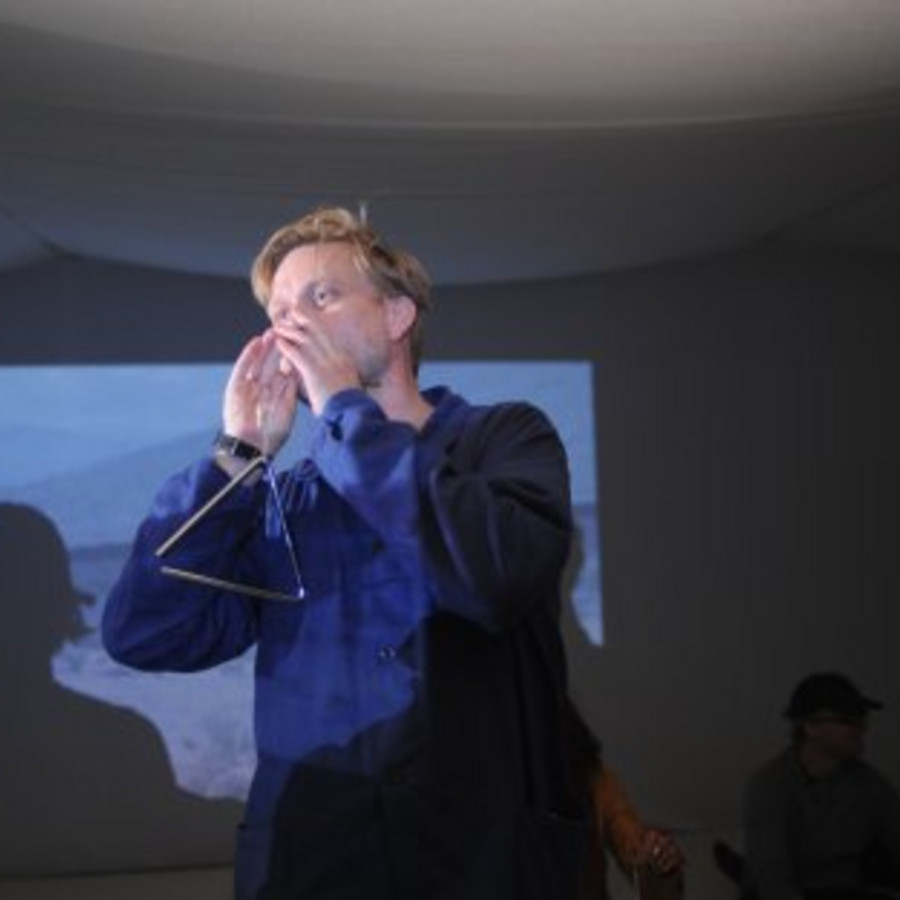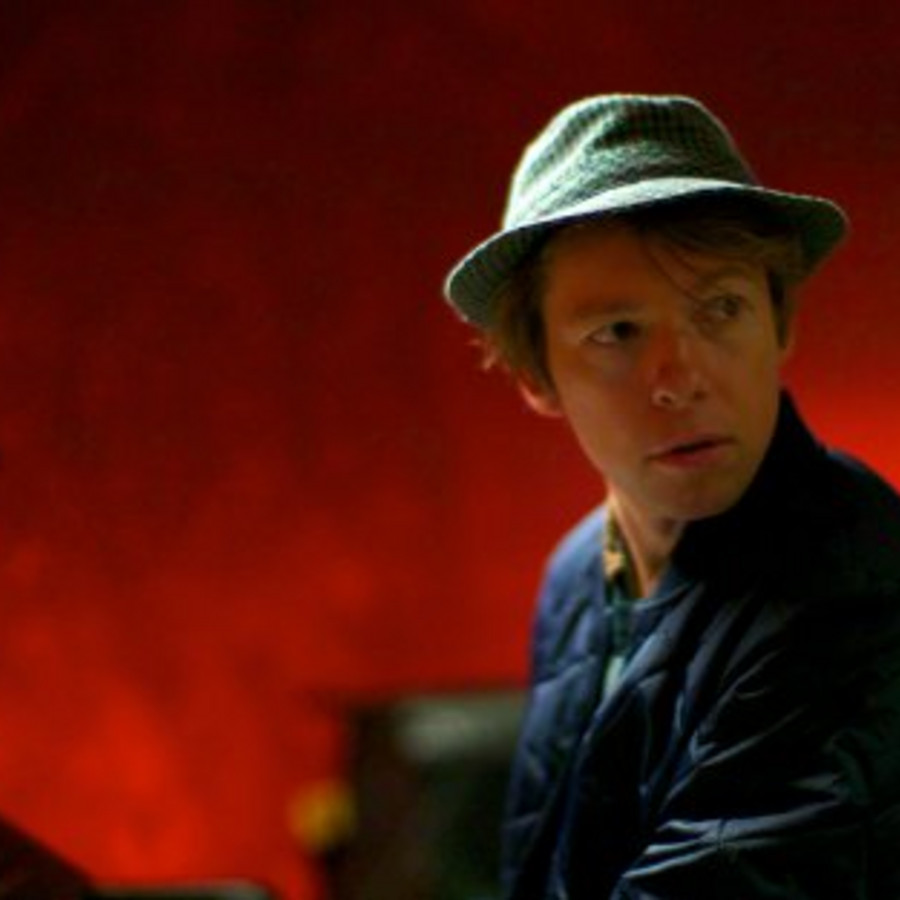Strategies of disorientation and quantum physics in art: Two new Artistic Research Projects at RMC
Rhythmic Music Conservatory (RMC) has been granted 851,000 DKK by the Danish Ministry of Culture's Comittee for Artistic Research.
Artistic Research is a form of artistic investigation and reflection, in which artists work to explore new areas and ways of working through artistic experiments and methods for the benefit of their own practice, the art form and the knowledge base of the educational institutions.
By the Danish Ministry of Culture's definition, Artistic Research is an integrated part of an artistic process ammounting to an outcome available to the public, and accompanied by a reflection upon the process itself as well as the presentation of the result.
The grants has in 2024 been awarded to the following two projects:
Associate Professor and Head of Research Søren Kjærgaard: Diffracting the Copenhagen Interpretation - towards non-local collaborative art practices
How can we translate, embed, and embody concepts proposed by quantum physics as tools for our artistic practices? And how can we develop diffractive methodologies to unfold transdisciplinary potentials across our artistic and pedagogical practices?
This KUV project intends to investigate, through theoretical study and artistic experiments, the possible trans(re)lations that concepts such as spacetime, entanglement, uncertainty, non-locality, and diffraction, proposed by quantum physics, have with artistic practice and narratives. As a collaboration among artists from different fields and different Educational Institutions, the research will nourish from this encounter as well as from the interaction with students and the contributions of specialists.
Associate Professor Niels Lyhne Løkkegaard: The Background in The Background
How can physical distance be used as a strategy of disorientation, so that concert situations and recording situations are detached from controlled acoustic spaces and instead unfold themselves as musical situations opening up the world? And how can distance between human-performers and human-listeners provide practices that decenter humans as audience and that find new audiences across species?
The project's title; ‘The Background in The Background’, partly refers to Western internalized structures, which can be said to be in the foreground, but which, in the opposite way (and depending on position), are made invisible by oversaturation. Likewise, the title refers to "The Background" as a spatial parameter, i.e. what is located at the back of the landscape or on the stage. By preventing human-made music from maintaining its expected status as foreground in investigations of “sites as sites” and “sites as non-sites”, the phenomenon of “Background” itself is made explicit and mapped in an inverted apostrophization of our human notion of being essentially separate.
Find more research and development activities in the RMC research database



